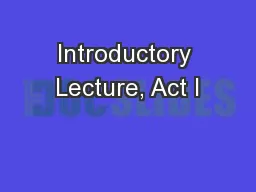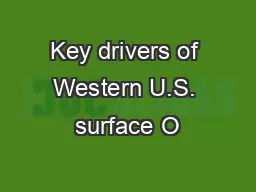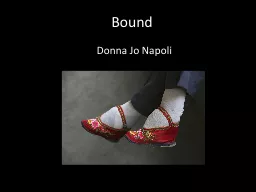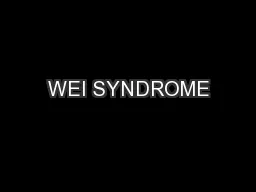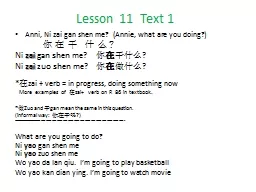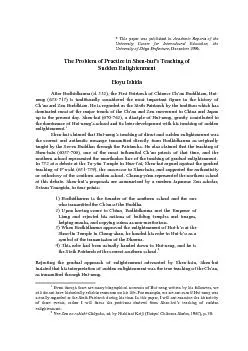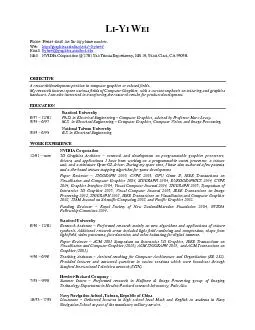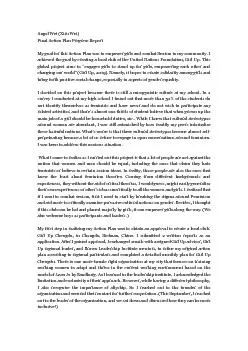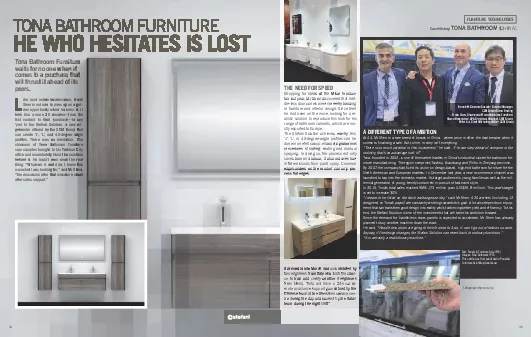PPT-Yu-Lin Wei, Sheng Shen,
Author : dorothy | Published Date : 2022-06-18
Daguan Chen Zhijian Yang Voice Localization using Nearby Wall Reflections Romit Roy Choudhury AoA Angle of Arrival Angle in which a signal arrives Many
Presentation Embed Code
Download Presentation
Download Presentation The PPT/PDF document "Yu-Lin Wei, Sheng Shen," is the property of its rightful owner. Permission is granted to download and print the materials on this website for personal, non-commercial use only, and to display it on your personal computer provided you do not modify the materials and that you retain all copyright notices contained in the materials. By downloading content from our website, you accept the terms of this agreement.
Yu-Lin Wei, Sheng Shen,: Transcript
Download Rules Of Document
"Yu-Lin Wei, Sheng Shen,"The content belongs to its owner. You may download and print it for personal use, without modification, and keep all copyright notices. By downloading, you agree to these terms.
Related Documents



